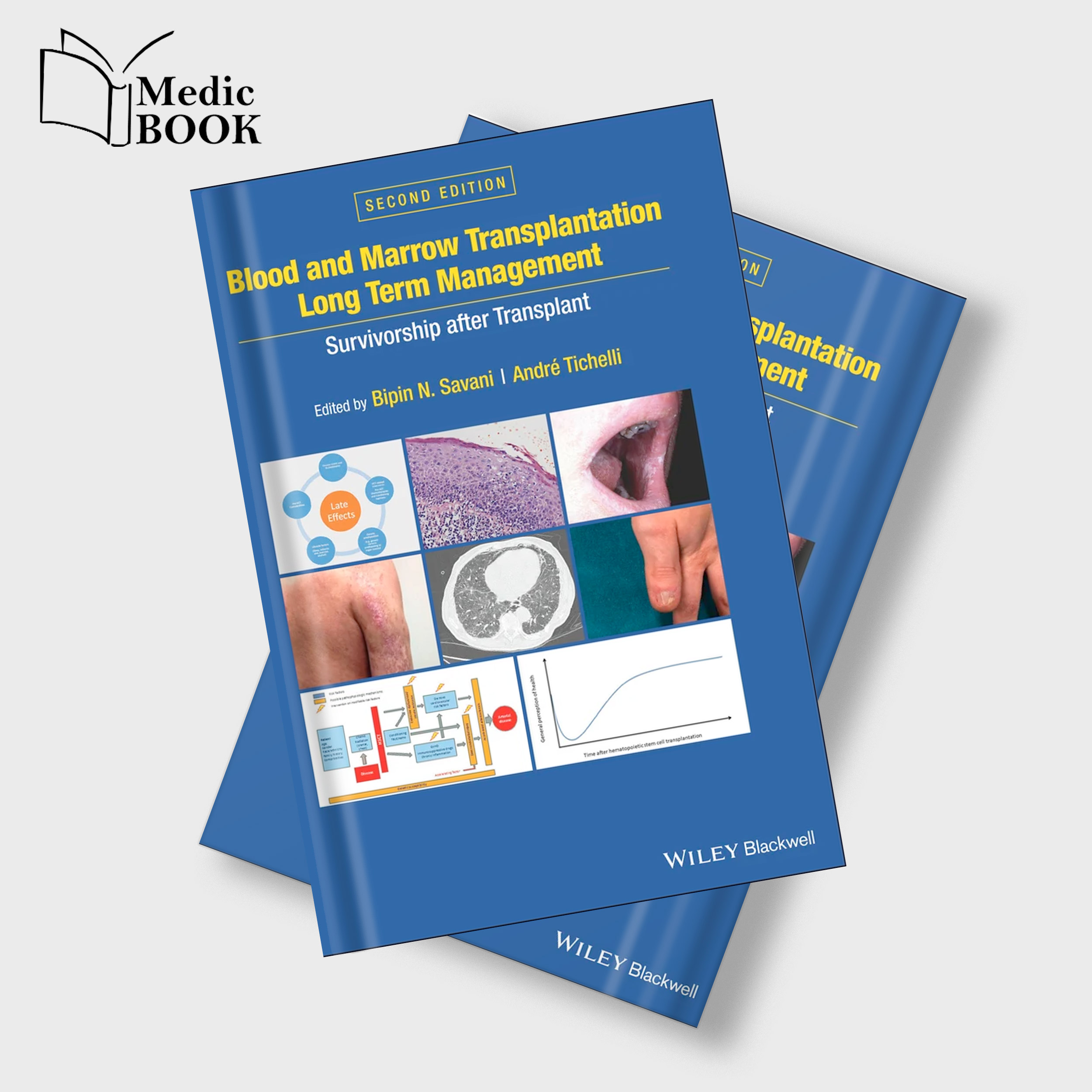All downloadable products can be accessed on any device and printed.
Blood And Marrow Transplantation Long Term Management : Survivorship After Transplant , 2nd Edition (EPUB)
28$
Product Details
- Publisher : Wiley; March 2, 2021
- Language : English
- ISBN : 9781119612698
- ISBN : 9781119612742
Category: Hematology
Description
Blood And Marrow Transplantation Long Term Management : Survivorship After Transplant , 2nd Edition (EPUB)
Written by Bipin N. Savani
Long-Term Care of Blood and Marrow Transplantation
For several disorders, hematopoietic cell transplantation (HCT) offers a curative treatment. Significant progress has been made in the
field of hematopoietic stem cell therapy (HCT) during the last few decades, to the extent that HCT is now a crucial component of
treatment for a range of hematologic malignancies as well as some nonmalignant disorders.
Despite recent advancements in the field of immunologic therapies , hematopoietic cell transplantation (HCT) remains a significant
therapy option for a wide range of hematologic and nonhematologic illnesses.
Expanded disease indications, more donor possibilities (including haploidentical HCT and growing unrelated donor registries) and the
ability to accommodate older and less fit recipients are some of the factors behind this rise.
An increasing number of transplant recipients are surviving long-term free of the disease for which they were transplanted as a result
of innovations in transplant technology, including less toxic pretransplant conditioning regimens, more effective graft-versus-host
disease (GVHD) prophylaxis, improved infection control and other areas.
The demographics of transplant recipients and HCT practices have changed over decades and these developments will have very
certainly changed the makeup of the long-term survivor group over time.
Aside from an aging cohort of transplant recipients, the pattern of transplant indications has changed from the 1990s, when a sizable
share of allo-HCT indications were for chronic myeloid leukemia.
Reductions in relapse and non-relapse mortality (NRM) have been seen despite changes
in cell source, donor types, conditioning regimens, GVHD prevention, and supportive care.
These individuals are more susceptible to a range of late problems that can result in morbidity and death.
The majority of long-term survivors go back to seeing their primary care physicians or local hematologists/oncologists, who might not
be experienced in the specific monitoring and management of long-term problems following HCT for this patient population.
The focus of care has turned to the detection and management of long-term complications that may have an impact on long-term
morbidity and death as well as quality of life, as the number of HCT survival rises.
Reducing morbidity and mortality in long-term survivors following allo-HCT requires a combination of preventive care, early
identification and treatment.
The most recent information regarding diagnosis, screening, therapy and long-term surveillance of long-term survivors following HCT
is provided in this second edition of Blood and Marrow Transplantation Long Term Management: Survivorship after Transplant.
Additional information
| Publisher |
Wiley – Blackwell |
|---|---|
| Language |
English |
| Edition |
2 |
| Format |
EPUB |
| File Size |
22.3 MB |
| ISBN-13 |
9781119612698 ,9781119612735 ,9781119612742 ,9781119612780 |
Reviews (0)
Be the first to review “Blood And Marrow Transplantation Long Term Management : Survivorship After Transplant , 2nd Edition (EPUB)” Cancel reply













Reviews
There are no reviews yet.